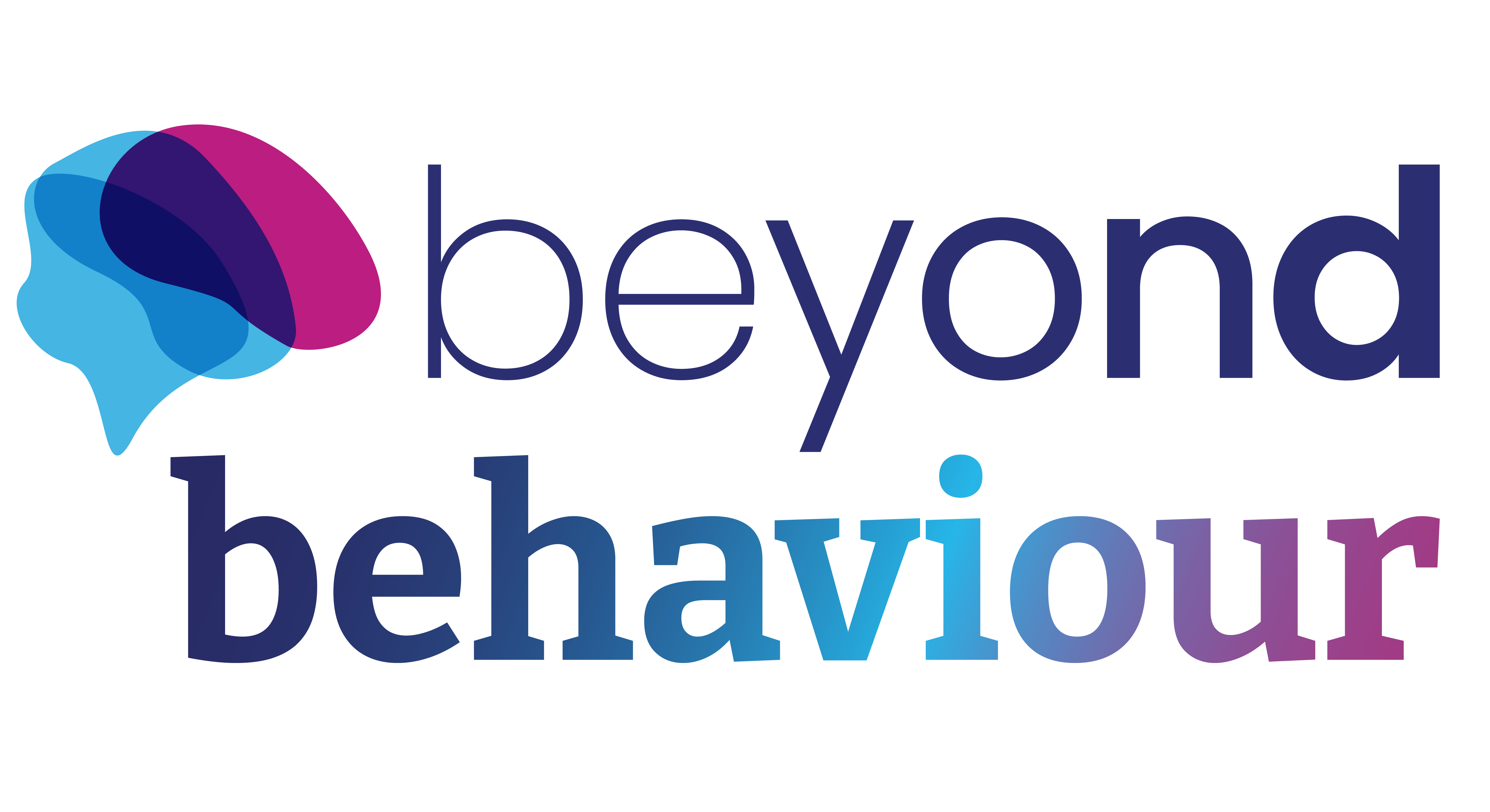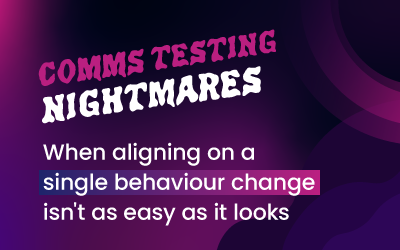
Beyond Behaviour makes behaviour change straightforward – giving you solutions that are simple and pragmatic
Our Beyond Behaviour team is made up of experienced market researchers with a deep understanding of behaviour change. We bring a range of experiences and perspectives, allowing us to take a flexible approach to your challenge.
Drawing on our understanding of human behaviour and decision-making, our team uses a range of validated tools to identify opportunities for tangible behaviour change and provide practical and actionable interventions tailored to your business challenge.

What makes behaviour change powerful?
- It focuses on physical, visible behaviours and how we can encourage, discourage, shape, introduce, or replace them.
- It recognises the importance of System 1 and System 2 thinking, heuristics, habits, and other unconscious influences on behaviour. Highlighting that what we intend and what we actually do can be very different.
- It acknowledges the social context in which behaviours occur and the importance of understanding the factors that promote, trigger, or inhibit actions.
- It uses Behaviour Change models validated in academia and business, e.g. COM-B, Health Belief Model, A-B-C, TTM, and Sociological Model.
Drive meaningful behaviour change with strategic simplicity
Add value, not complexity, with strategic insights that empower you to influence and guide customer behaviour pragmatically, turning challenges into opportunities for growth and innovation.
1.
What shapes current customer behaviours
2.
How you can reshape customer behaviours
3.
How you can reinforce those behaviours to shape new norms
Meet our Beyond Behaviour team
Each team member has experience in research and using validated behaviour change tools.
Get in touch with our Beyond Behaviour team
Got a question or want to know more? Click below to get in touch – we’re here to help.
What makes behaviour change powerful?
- It focuses on physical, visible behaviours and how we can encourage, discourage, shape, introduce, or replace them.
- It recognises the importance of System 1 and System 2 thinking, heuristics, habits, and other unconscious influences on behaviour. Highlighting that what we intend and what we actually do can be very different.
- It acknowledges the social context in which behaviours occur and the importance of understanding the factors that promote, trigger, or inhibit actions.
- It uses Behaviour Change models validated in academia and business, e.g. COM-B, Health Belief Model, A-B-C, TTM, and Sociological Model.

Latest thinking
More Bang for Your Behavioural Buck: Connecting COM-B to the Behaviour Change Wheel and Behaviour Change Taxonomy
M-B has rightly become a cornerstone of behaviour change in market research projects. It allows a seamless transition from insight to practical implementation by pinpointing where to focus behaviour change efforts. While COM-B is widely used, integrating it with the...
Nightmare #1: When Aligning on a Single Behaviour Change Isn’t as Easy as It Looks
01:00 -Introduction to the challenge of uniting around a singular behaviour change 03:40 - Defining emotion and action metrics 05:56 - The role of workshops in achieving alignment 10:19 - Encouraging creative flexibility and evolution In this episode of "Comms Testing...
Beyond Numbers: Drawing on behavioural science to augment quantitative research
Long gone is the notion that Healthcare Professionals (HCPs) are simply robotic assessors of benefit and risk. Likewise, behavioural science isn’t the buzzword it was 10 years ago. Today, behavioural science is prominently discussed and factored into healthcare...








